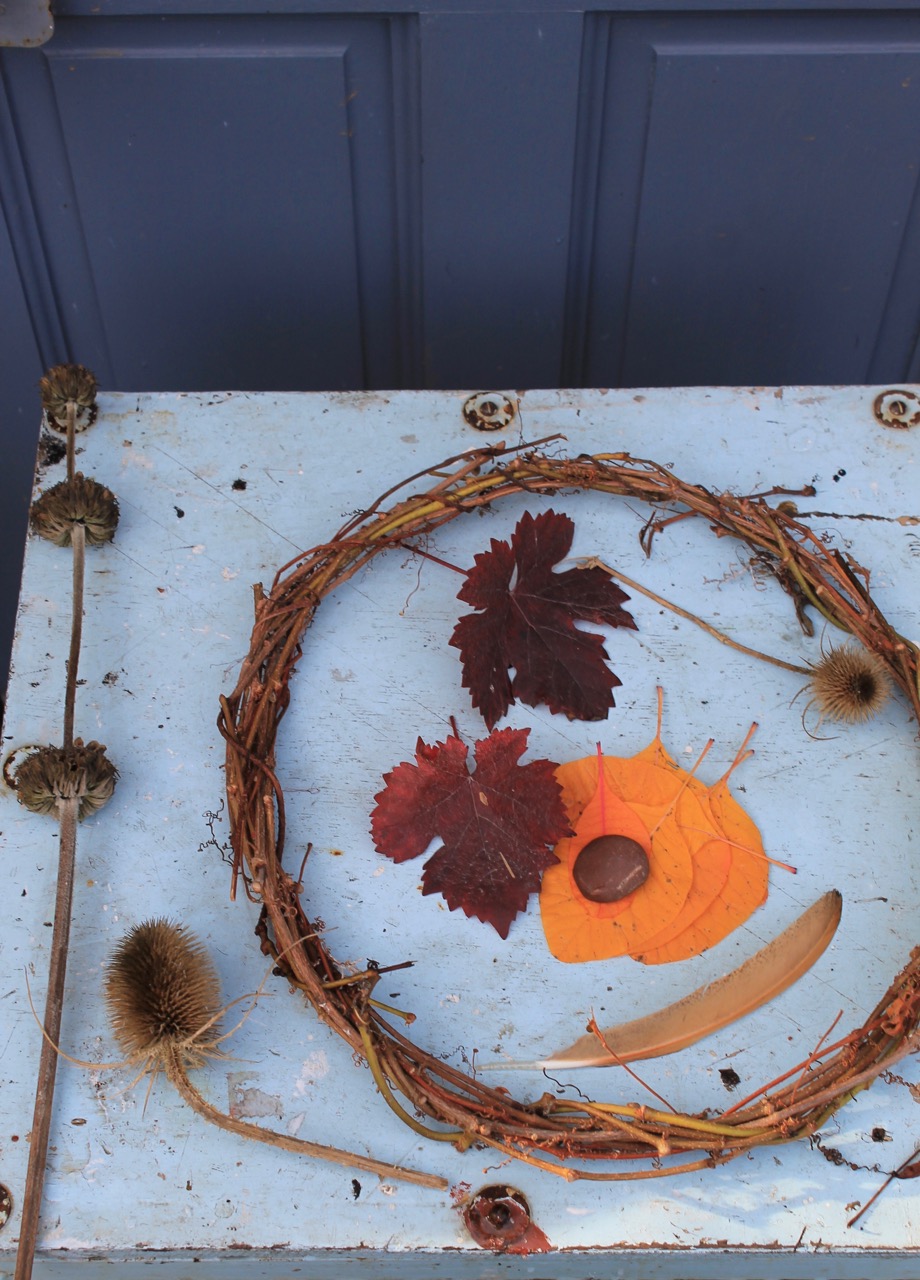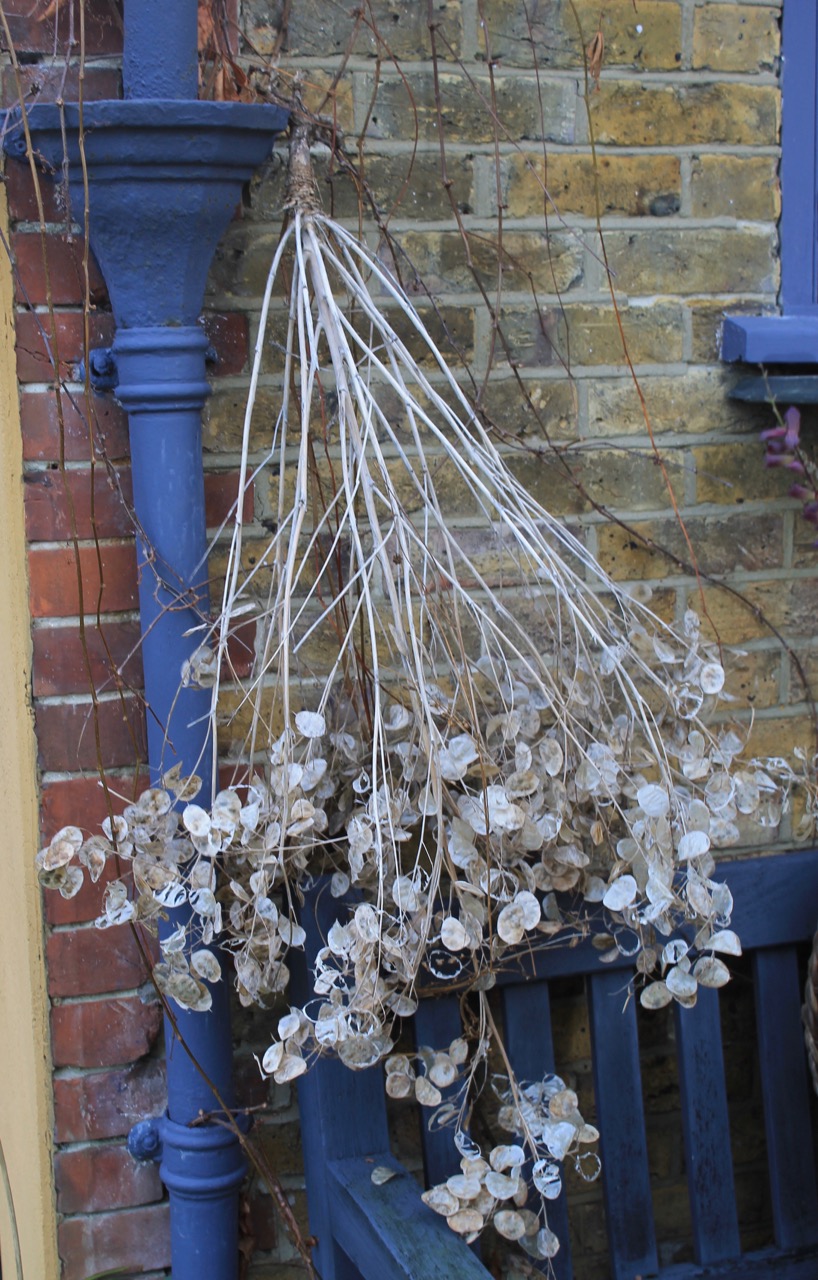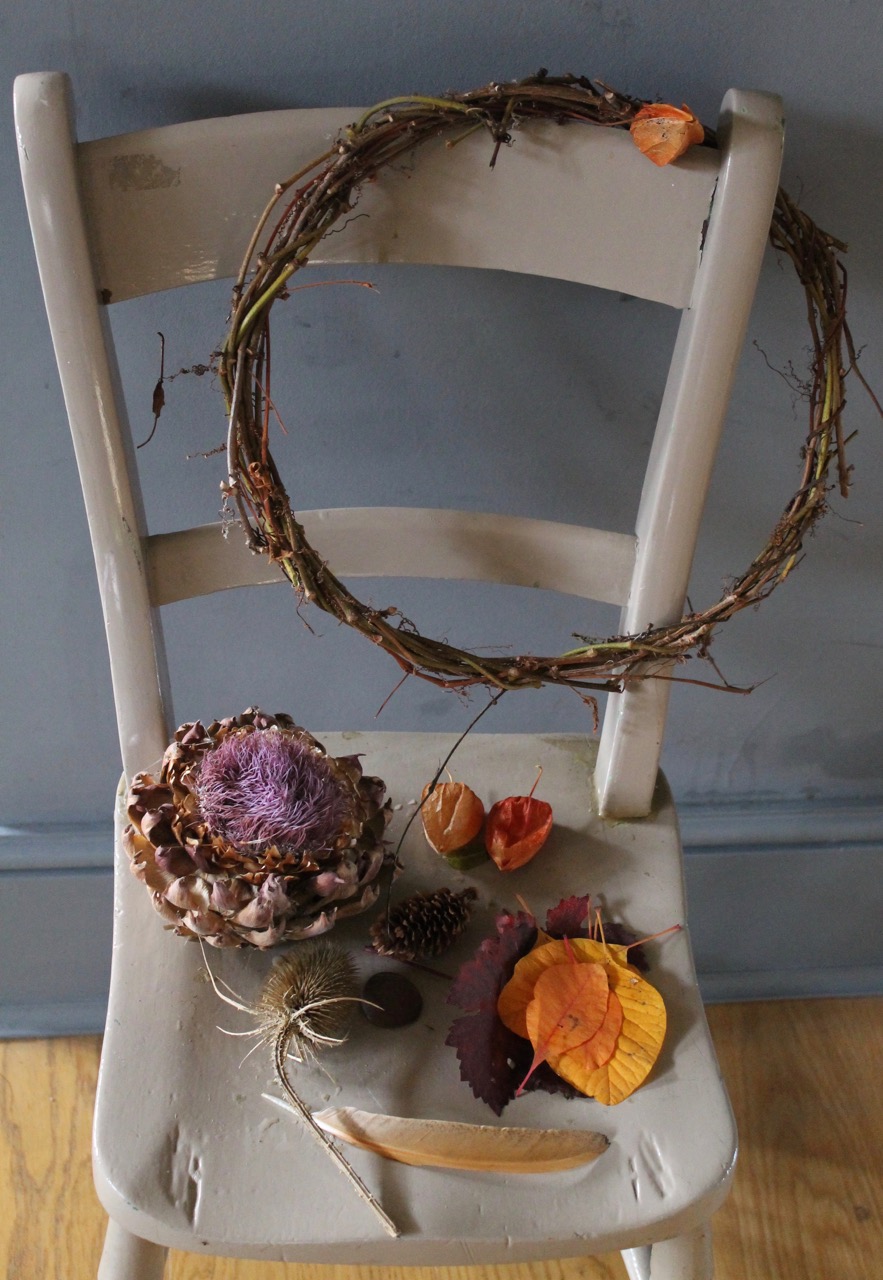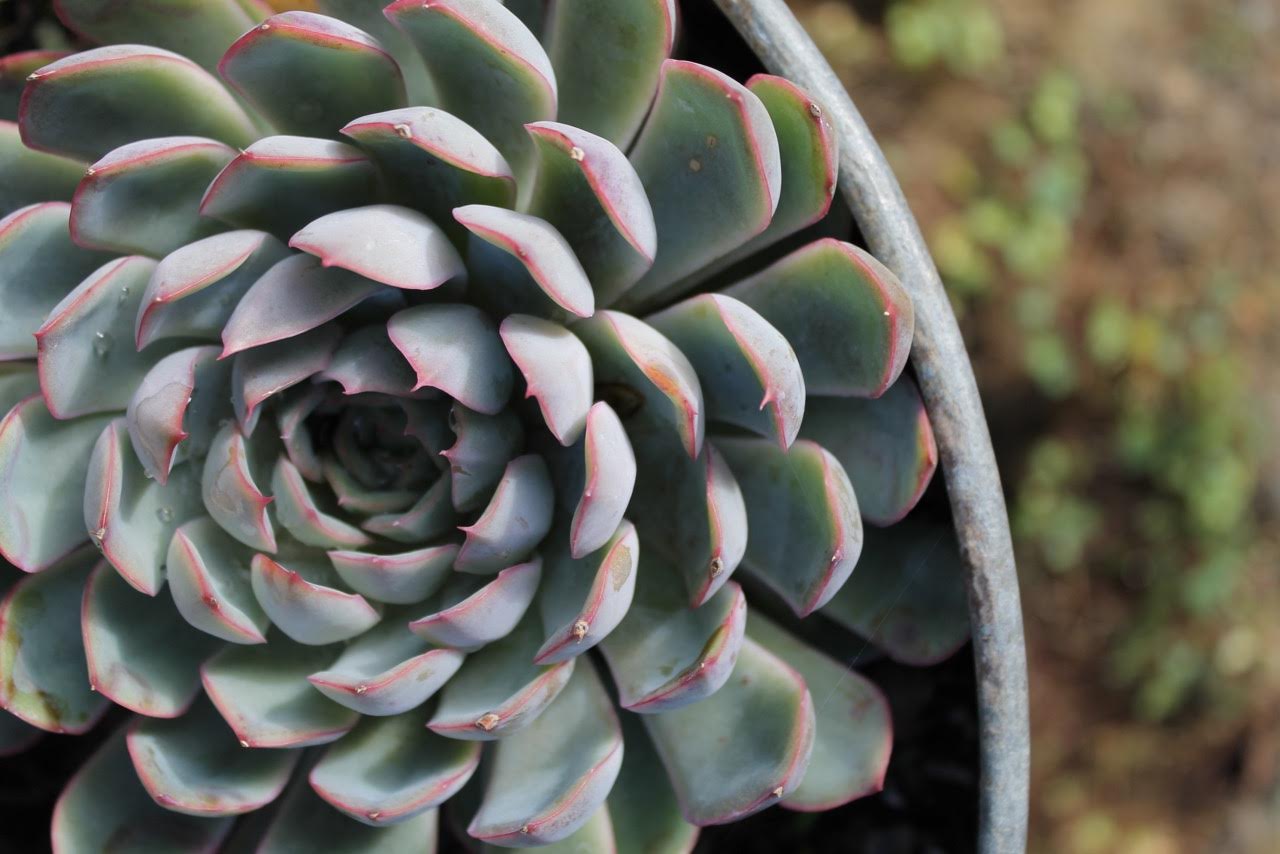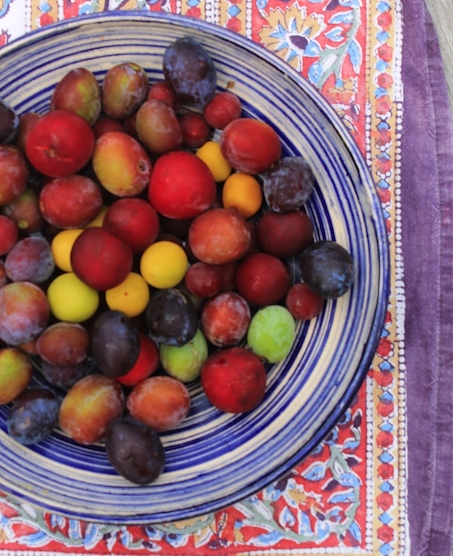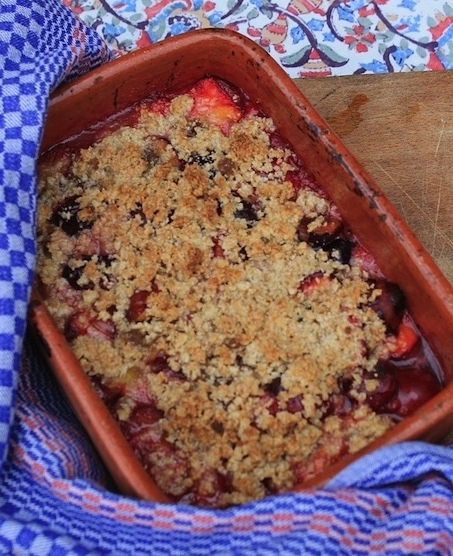December evenings are spent turning my stash of garden goodies into decorations. Surrounded by piles of dried pressed leaves, seedheads and flowers, sticky glue guns and wire, the chaos gradually turns into a few wreaths and a lantern I really like.
Wreath 1 is a tiny mix of pressed purple Cercis leaves, covered with butter yellow gingko leaves and one or two vitis leaves that have tuned a silvery violet.
Wreath 2 is a simple circlet of Cercis leaves, each a slightly different pink, orange or purple. This year the leaves turned slowly and many fell before they turned completely, probably due to the late summer rains and even later leaf drop.
Wreath 3 is a medium-sized wire frame covered in felty white poplar leaves, with orange veined quince leaves on top, topped with a few wisps of Dusty Millar that dry easily and one or two sprigs of tiny Canary Bird (xanthine) rose leaves.
The lantern is an idea I pinched from my grandson’s nursery school. A fern leaf is spray glued onto a sheet of tracing paper, then rolled into a tube placed in a pot top.
The lantern is lit with a night-light, though I suppose one of those battery-driven ones would be safer.
I hope you all have a good time this Christmas.
PS. Hope all your birds are safely undercover following Defra’s rules. Have a look at our sister website www.henkeepersassociation.co.uk for tips and advice.
Wreath 4 is a huge angled wire shape that I keep in my kitchen bay window with the light shining through. I pressed nearly all the leaves from my tiny persimmon tree and dotted them with fern leaves and honesty seed coins. It looks quite good from a distance.






